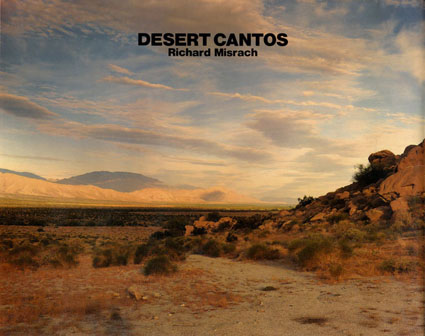
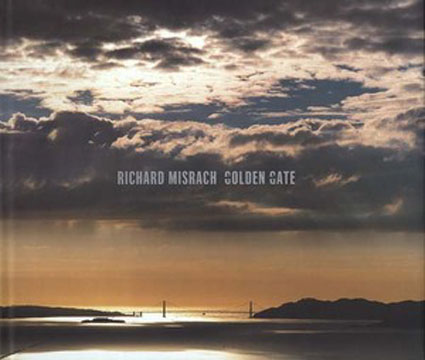
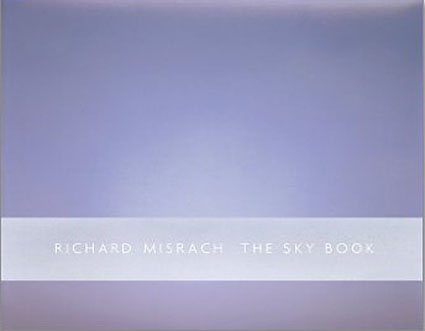
Richard Misrach has dedicated himself to a single project for a lifetime – the Desert Cantos. Begun in 1979, the Desert Cantos is a series of series that takes its name from its location, the American desert southwest, and the structural term for a subsection of a long song or poem. Each canto varies in subject matter, the amount of time it spans, and the number of works included. Numbered as each canto is completed, the first fourteen cantos, in order, are The Terrain, The Event, The Flood, The Fires, The War (Bravo 20), The Pit, Desert Seas, The Event II, Project W-47 (The Secret), The Test Site, The Playboys, Clouds, The Inhabitants, and The Visitors. Stranded Rowboat, Salton Sea is from the third canto, The Flood. Stylistically ranging in sensibility between minimalism, realism, romanticism, impressionism, and expressionism, Misrach’s work is sometimes challenging aesthetically and always subtly steeped in the social issues that surround land use, ultimately becoming an extended meditation on how man (particularly the American psyche) and nature (specifically the American southwest) define one another.
Misrach thinks of all his desert pictures as part of a single great work, divided by smaller themes and stylistic treatments. When collected together, they become a monumental study constructed by wide-ranging explorations of many aspects of a complex subject with a long history and ultimately a rumination on self and identity. The American west is the landscape that defined the American psyche as we know it. Through his work, we come to understand that both may be stranger than we think.
Richard Misrach’s work reminds me of how each work an artist produces is connected to all other works, in one way or another, and that creative development and presentation of that work can highlight those connections, not just for the public but for the artist as well. Even more importantly, he demonstrates the depth and breadth that can be achieved through dedication to a single subject for an extended period of time.
Read my extended conversation with Richard Misrach here.
Find out more about my influences here.
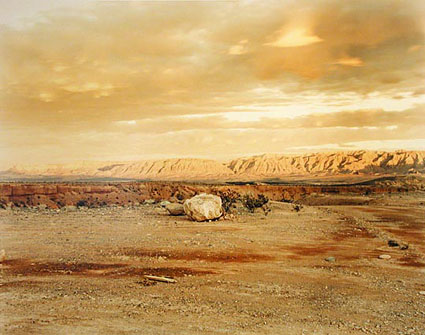
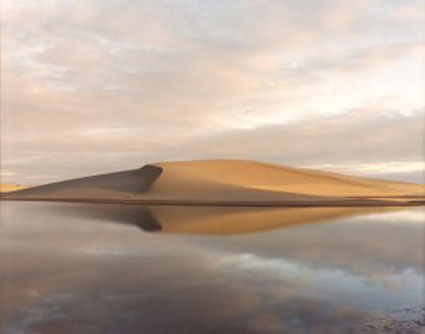
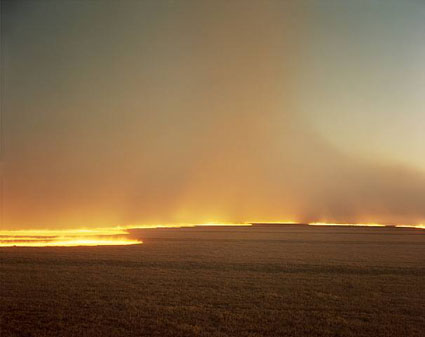
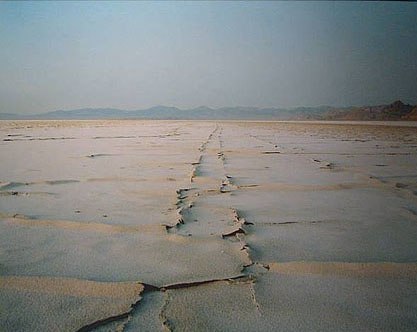
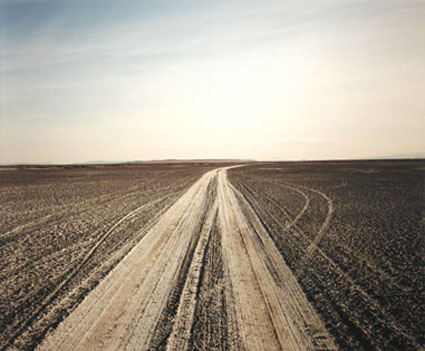
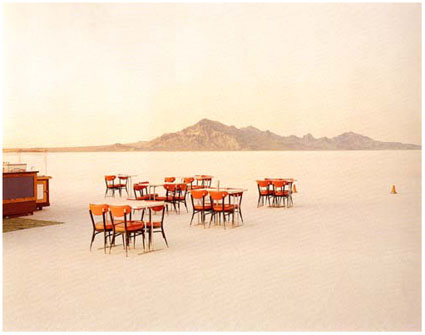
Read More










